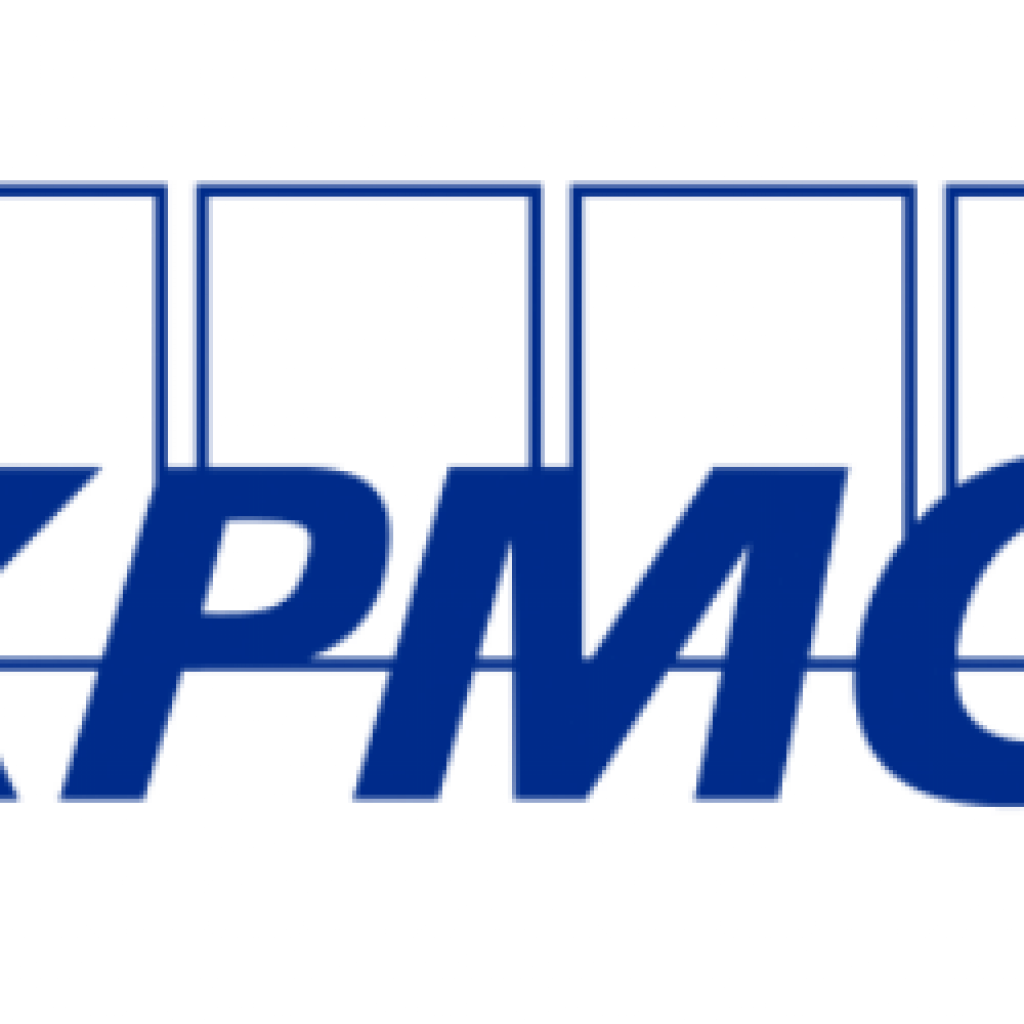(ZDNet) Consultancy firm KPMG, together with a team of researchers from the Technical University of Denmark (DTU) and a yet-to-be-named European bank, has been piloting the use of quantum computing to determine which stocks to buy and sell for maximum return, an age-old banking operation known as portfolio optimization.
The researchers ran a model for portfolio optimization on Canadian company D-Wave’s 2,000-qubit quantum annealing processor, comparing the results to those obtained with classical means. They found that the quantum annealer performed better and faster than other methods, while being capable of resolving larger problems – although the study also indicated that D-Wave’s technology still comes with some issues to do with ease of programming and scalability.
When deciding which quantum hardware to pick to test their model, the team was faced with a number of options: IBM and Google are both working on a superconducting quantum computer, while Honeywell and IonQ are building trapped-ion devices; Xanadu is looking at photonic quantum technologies, and Microsoft is creating a topological quantum system.
D-Wave’s quantum annealing processor is yet another approach to quantum computing. Unlike other systems, which are gate-based quantum computers, it is not possible to control the qubits in a quantum annealer; instead, D-Wave’s technology consists of manipulating the environment surrounding the system, and letting the device find a “ground state”. In this case, the ground state corresponds to the most optimal portfolio selection.
The researchers explained that the maturity of D-Wave’s technology prompted them to pick quantum annealing to trial the algorithm; and equipped with the processor, they were able to embed and run the problem for up to 65 assets.
From 15 assets onwards, D-Wave’s processor effectively started showing significant speed-up over classical means, i.e., “brute force’, as the problem got closer to becoming intractable for the classical computer.
To benchmark the performance of the quantum annealer for more than 25 assets – which is beyond the capability of brute force – the researchers compared the results obtained with D-Wave’s processor to those obtained with a method called simulated annealing. There again, shows the study, the quantum processor provided high-quality results.
KPMG, DTU & European Bank Tested Portfolio Optimization Using D-Wave Quantum Annealing Processor Against Classical Methodology
